Martin Barre talks joining Jethro Tull and his guitar collection
"It was a moment of clarity - I thought, 'I'm going to be a guitarist…"
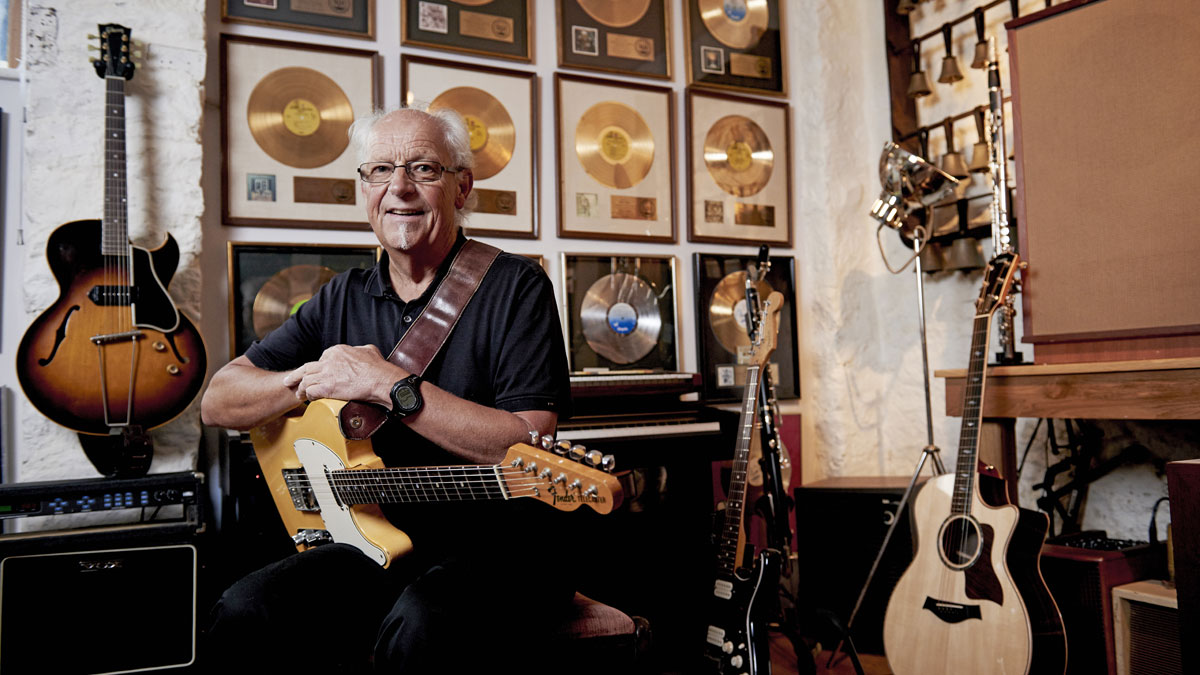
Introduction
A brand-new solo album celebrating half a century in the business seemed like the perfect excuse to chew the fat with Jethro Tull’s legendary guitarist - and reminisce about the guitars and amps that helped him cut classic albums.
It’s been 46 years since Martin joined Tull, but we wanted to go even further back
Martin Barre’s new solo album, Back To Steel, is a celebration of 50 years in the music business. Some of the tracks reference career highlights, such as an arrangement of The Beatles’ Eleanor Rigby in honour of the week he spent working with Paul McCartney, while others hit the home turf with new renderings of classic Jethro Tull tracks Skating Away and Slow Marching Band. It’s been 46 years since Martin joined Tull, but we wanted to go even further back to find out more about his life with the guitar…
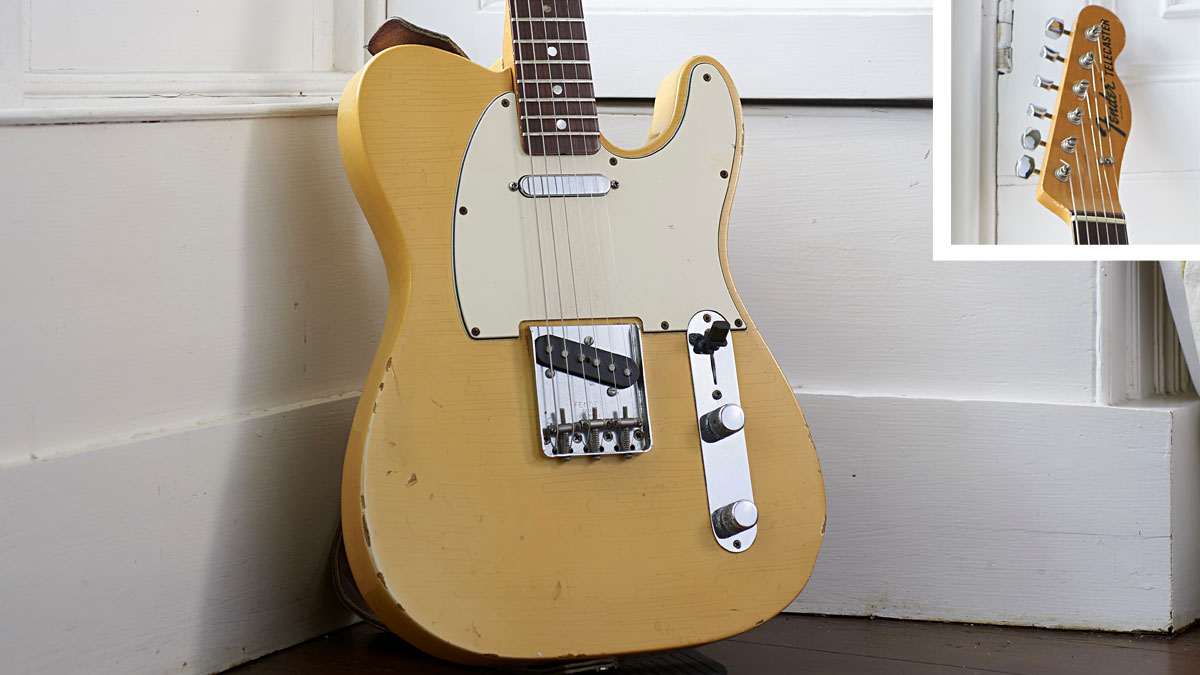
Starting out
What was it that inspired you to pick the guitar up in the first place?
When I first saw a band play in what must have been 1960 or ’61, it had such an impact on me
“I was a shy young lad and I never went along with the crowd, but when I first saw a band play in what must have been 1960 or ’61, it had such an impact on me. It was such an incredible experience and I just knew that’s what I wanted to do. It was a moment of clarity - I thought, ‘I’m going to be a guitarist…’”
Can you remember which band it was?
“Yes, it was Mike Sheridan and The Nightriders in Birmingham. A couple of the guys went on to be in The Moody Blues and I think one of them went into Roy Wood’s Idle Race. Birmingham was quite a close-knit community of musicians and everybody knew everybody else. All these guys were doing the circuit in Birmingham playing covers and they all grew up together. It was quite an exciting time.”
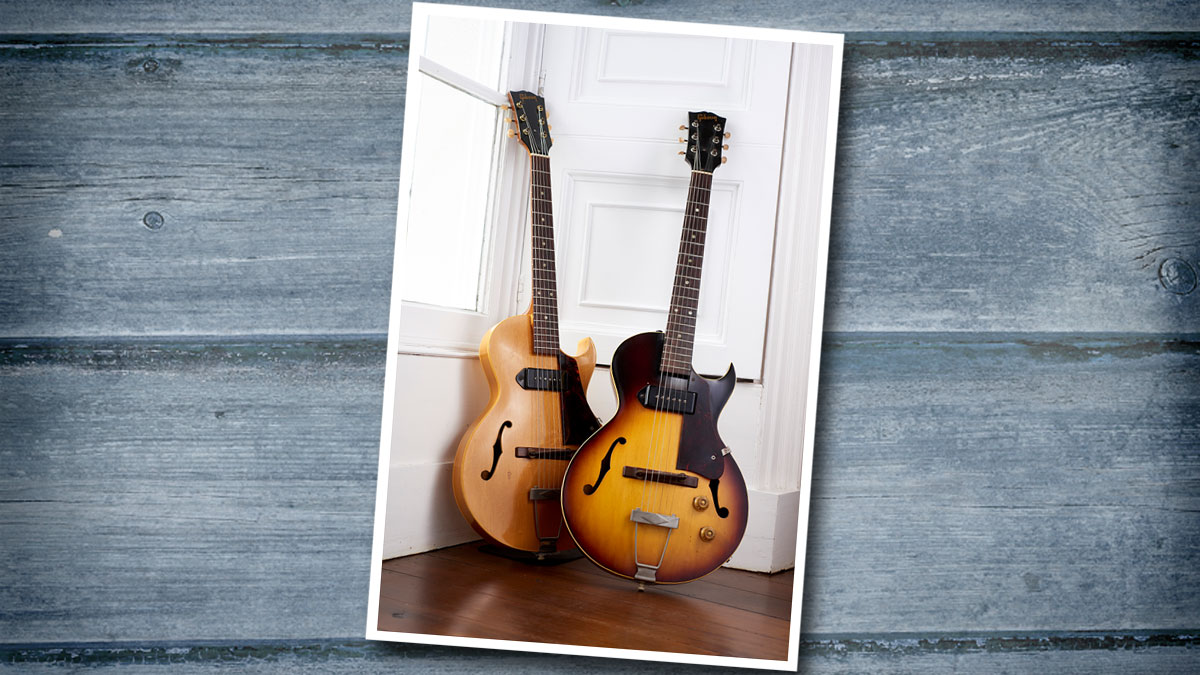
A non-deluxe Tux
How soon afterwards did you start to play?
“It was a while, probably a year. I found a terrible Spanish guitar and got myself a couple of lessons, which were pretty disastrous because it was this really boring old guy who lived round the corner who was a big-band guitar player. He tried to put me off playing guitar and so, after about half a dozen lessons, I realised I was better off on my own.
By the time I left school, I’d saved up and bought myself a Gibson ES-330
“My first electric guitar was a Dallas Tuxedo - the only other one I’ve seen was when a reader wrote in to Guitarist, probably three or four years ago, and he said there were only two he’d ever heard of and mine was the other one. I bought it because it looked cool. There was no other reason to buy a guitar at that age other than it looks cool.”
Were you still at school at this time?
“Yeah, by the time I left school, I’d saved up and bought myself a Gibson ES-330. I wanted a 335, a Cherry one, that was in a music shop in Birmingham but I couldn’t afford it, so I got a 330. I was having a clear out the other day and I saw the receipt in a box - £175. But, of course, that was a lot of money whenever that was, ’61, ’62 maybe.”
Worth appreciatively more now…
“Yeah, they are. But it was an inherently faulted guitar because it was a hollowbody and as soon as the blues started rearing its head and people turned their amps up, it just didn’t work. It howled!”
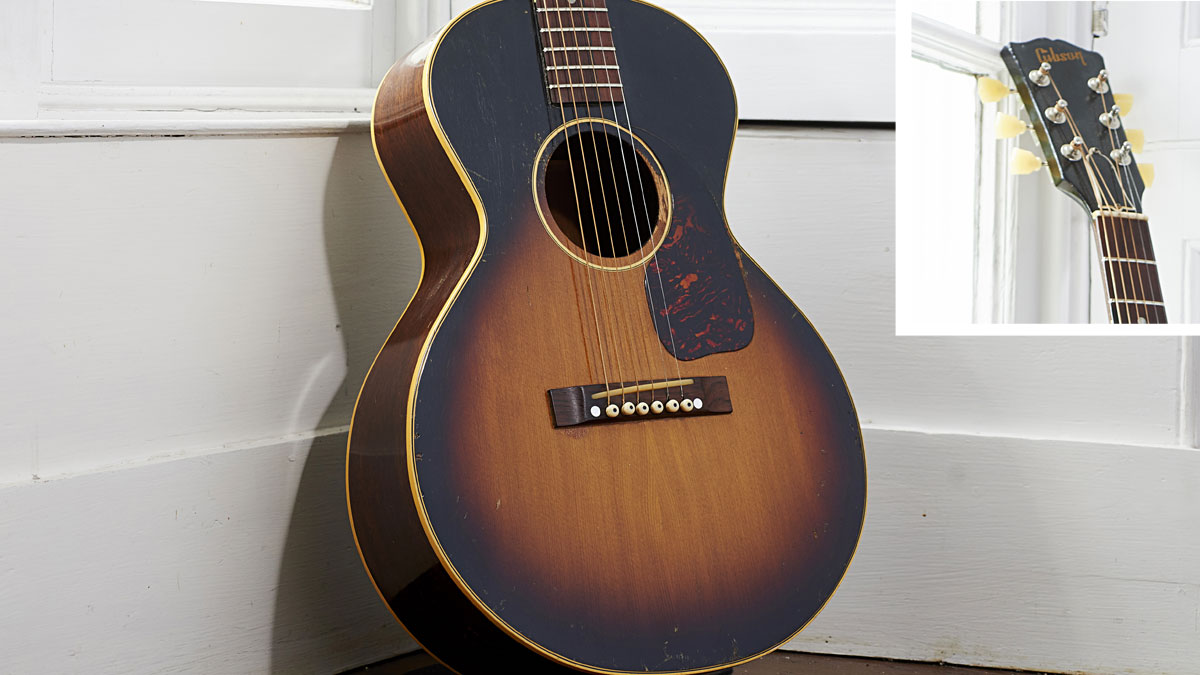
Gene genie
What kind of music were you listening to around this time?
“I listened to everything there was: essentially The Shadows, The Ventures… you just learned every instrumental you came across. I’d been listening to Scotty Moore and Gene Vincent, anything with guitar on and in particular stuff that came from America. But it was just a trickle and so the learning process was slow, but maybe that wasn’t such a bad thing, because I spent a lot of time on basics, whereas nowadays the basics are over and done with in a couple of weeks.”
So, was there sort of a light-bulb moment when you heard something that actually crystallised what you wanted to do?
I couldn’t get a gig as a guitar player because it was all soul music that you had to play to make a living
“Probably not, as I had to play saxophone when I turned professional. I couldn’t get a gig as a guitar player because it was all soul music that you had to play to make a living, so, because I played flute, I picked up saxophone pretty quickly.
“Then I heard John Mayall’s Blues Breakers… album and I loved all the stuff, but it wasn’t a lightbulb moment - I was quite slow on the uptake. The point in time where everything changed in England, particularly for me, was when the Blues Festival Tours came over: Buddy Guy, Sonny Terry and Brownie McGhee, Freddy King, BB King, Albert King…
“The band I was with got booked into a blues club by mistake and two hours before we were supposed to go on stage, we were backstage, frantically learning some 12-bar blues to play… and that was the point at which I never picked up the saxophone again.”
But you kept up with the flute?
“I was always fond of the flute and I’d had lessons at school. Then again, there weren’t many flute players; a lot of them were just playing pure jazz, but Roland Kirk inspired me - and coincidentally Ian Anderson at the same time - to bring flute into the blues arena. I was playing flute with a sort of Roland Kirk influence before I’d even heard of Jethro Tull, an amazing coincidence.”

Time to Tull
When did you come across Jethro Tull?
“I was playing flute and guitar in a band called Gethsemane and we were doing the clubs in London. I’d heard of Jethro Tull through other musicians but I’d never seen them play. They said, ‘The guy plays the flute like you and there’s a great guitar player, he’s a bit like Eric Clapton…’ and I thought, ‘Wow, this is the kind of group we should be.’
The adverts appeared in Melody Maker saying Jethro Tull were looking for a new guitar player. But I never called the number; I was too scared
“We were struggling to be good enough, really. Then we had a gig in Plymouth at the Van Dike Club where we supported Jethro Tull and we got on really well, chatting away backstage. I think that may have been August ’68 and in November ’68, the adverts appeared in Melody Maker saying Jethro Tull were looking for a new guitar player. I’m like, ‘Whoa!’ But I never called the number; I was too scared.
“They remembered me from the Van Dike Club but they didn’t know my name or the name of the band and so it took them two or three weeks to trace me to a gig in London where Terry Ellis [Tull’s manager at the time] handed me his business card and said, ‘Call me tomorrow.‘”
With the early Tull material, you seemed to be a resolutely ‘no pedals and straight into an amp’-type player…
“In the very early days, I used Hiwatt and they didn’t drive very readily and so I had this horrible treble booster. It pushed things at the front end but unfortunately, it was very, very prone to picking up radio stations, particularly in America. It was a nightmare. Sometimes the radio signal was louder than the guitar!
“When I started using Marshall amps, I found that I could ditch the treble boosters but I think it put me off for life, really. I thought all those things are more trouble than they’re worth.
“On this new album, the engineer persuaded me to get my wah-wah pedal out and now I’m really angry because I have to take it to gigs and I don’t really want to. I can’t be bothered with all that stuff. Straight in the amp and off you go! I’ll have to find a way round that.”

Early years gear
Which guitar were you playing in the early Tull days?
“I did the audition on my 330 and it was squealing and howling as it always did, so I thought, ‘I’ve just got to get a solid-bodied guitar…’ so I went into Orange in London and got a really beat-up old SG Special. It was pretty awful, but it worked and I probably had that the first year with Jethro Tull - and then I met Leslie West.
I loved Mountain and I learned a lot from Leslie West, his gorgeous tone and lovely vibrato
“Mountain were our support band in America and they were a powerhouse. They were such a great band in every way; stage rapport was incredible, but they were an object lesson in how to be a group of musicians and make it work.
“So I loved them and I learned a lot from Leslie, his gorgeous tone and lovely vibrato. So, of course, I bought a Les Paul Junior, same as he played. I played that for a few years and then I got my first Sunburst Les Paul.”
What was your main rig when you were with Tull back then?
“I was a Marshall endorsee and I just used their 50-watt heads and 4x12s and they were perfect for me. At that point, I’d bought my ’59 Sunburst and it was just a perfect combination. I used those amps for maybe 10 years and nothing changed. I went from Marshalls to Soldanos and I’ve been using Soldanos for 20 or more years - the same amp.”

Modern art
When was the switch-over to Paul Reed Smith guitars?
“I used the Gibsons for years and years and then they became too valuable. I met Paul Hamer, who had started building guitars and, basically, I was looking for a guitar that, if one got lost on a flight or got smashed, I could pick up the phone and get another one and it would be the same instrument in every way.
“Paul’s guitars fitted this criterion and they also sounded really, really good. So I worked with Paul Hamer for quite a few years until he stopped making guitars and then I tried Ibanez for a while, I tried Tom Andersons…
PRS have a great relationship with the end market. I really respect that, and that’s why they’re great instruments
“Again, they’re all really good but then, in Mansons guitar shop, there was a Paul Reed Smith. I always thought they were too pretty, you know; they always struck me as something you bought to put on the wall and admire.
“Finally, I took one home and played it for a few days and I realised it was a great guitar. A real guitar-player’s guitar. I was in America, near their factory, so I thought I’d give them a call because I’d just like to tell them how good I think their instruments are - and I was probably on the phone for three hours!
“It was because these guys are so into what they do and they were so delighted to talk to a musician and get his point of view. They have a great relationship with the end market and I really respect that, and that’s why they’re great instruments, because they’re built by people who really understand what guitar players need and what a guitar has to do.”
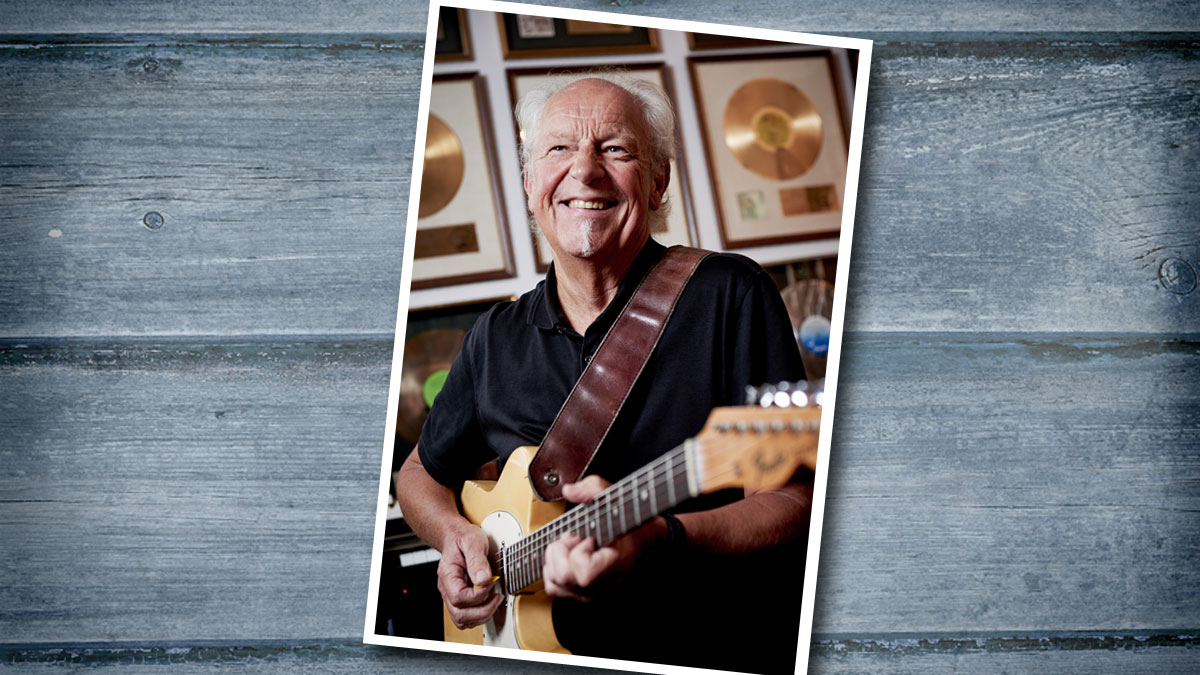
Mellow mids
Do you have any sort of special requirements in terms of pickups or neck width, profile and so on?
“You know, guitars are tools and I’m so unspecific about what I want. I like a very mellow, nice mid, not too much low end and not too much high end, but I couldn’t write down on a piece of paper what that means.
My tone has sort of gone around in big circles. It’s back where it started!
“I just pick up a guitar and plug it in and it’s either going to sound great or it’s not. If it doesn’t sound great, then I try another one. But I’ve got a Telecaster and I’ve got a Strat and they both sound a bit different, but I like the little differences. I think the Soldano is the one constant that makes it happen. I can have a bit of flexibility in the guitars.”
So, the PRS and Soldano combination is perhaps the modern equivalent of what you were using in the 70s?
“I think it is. I listen to the guitar sounds I was getting back then and it really hasn’t changed that much. Essentially, there wasn’t anything wrong with it then and there isn’t now. No, I completely agree, it’s sort of gone around in big circles. It’s back where it started!”

